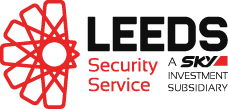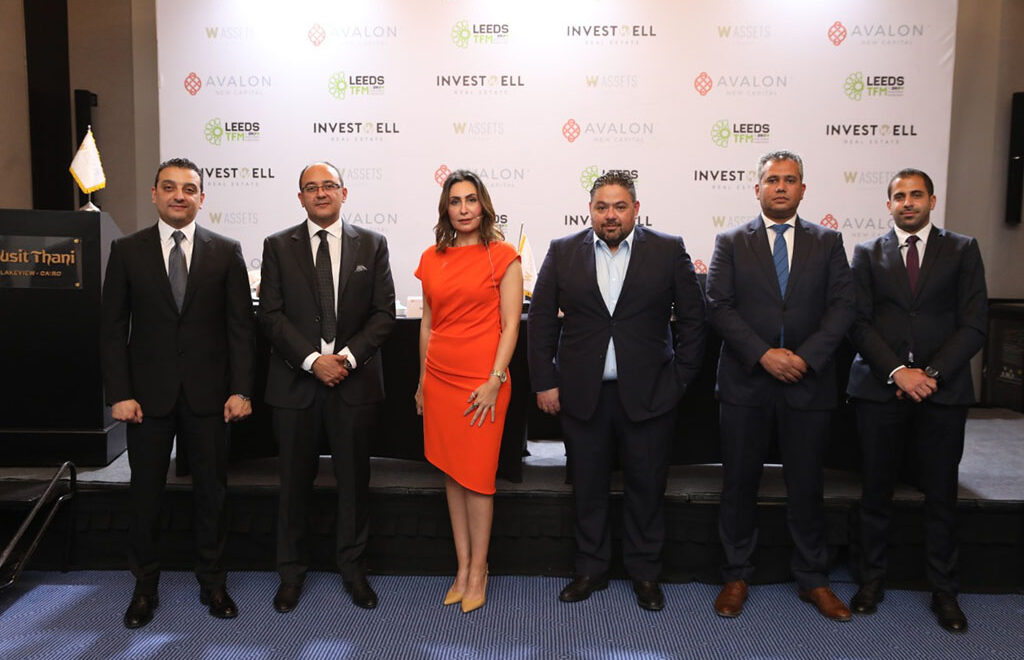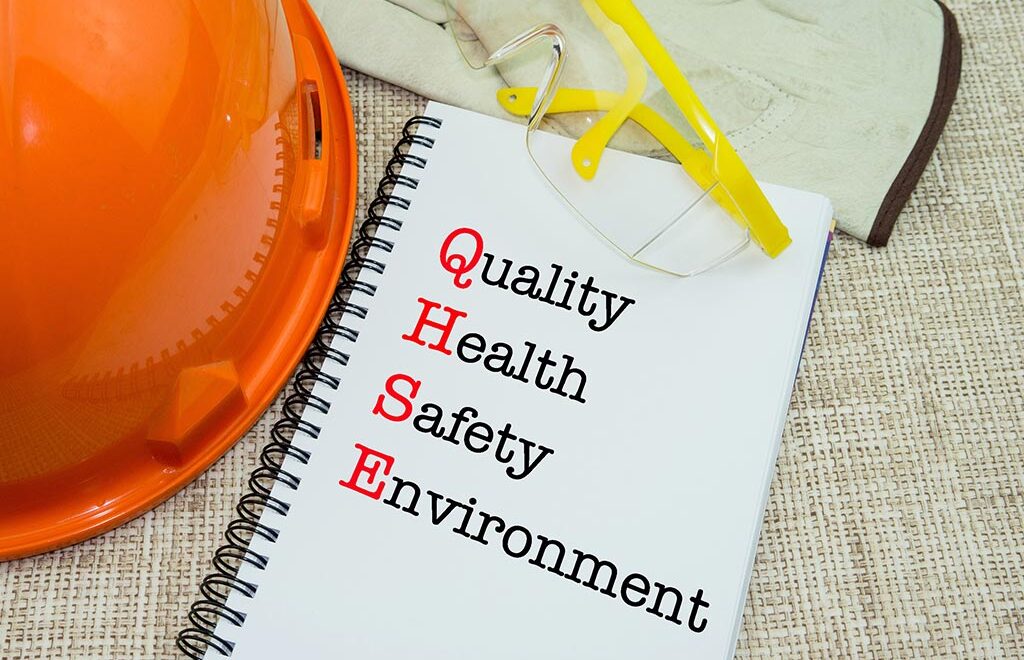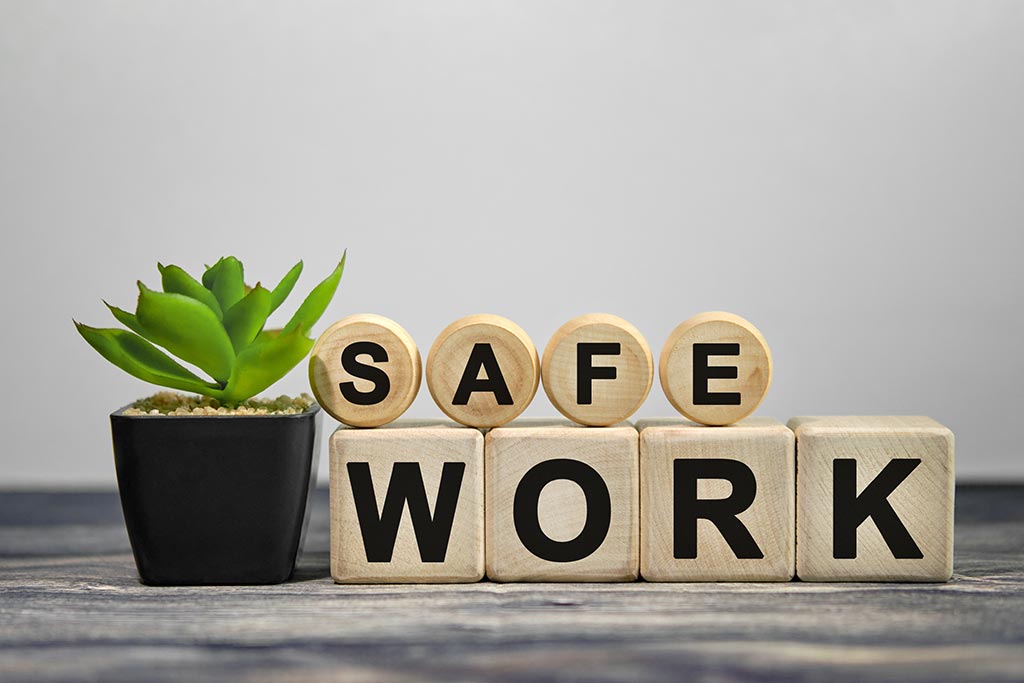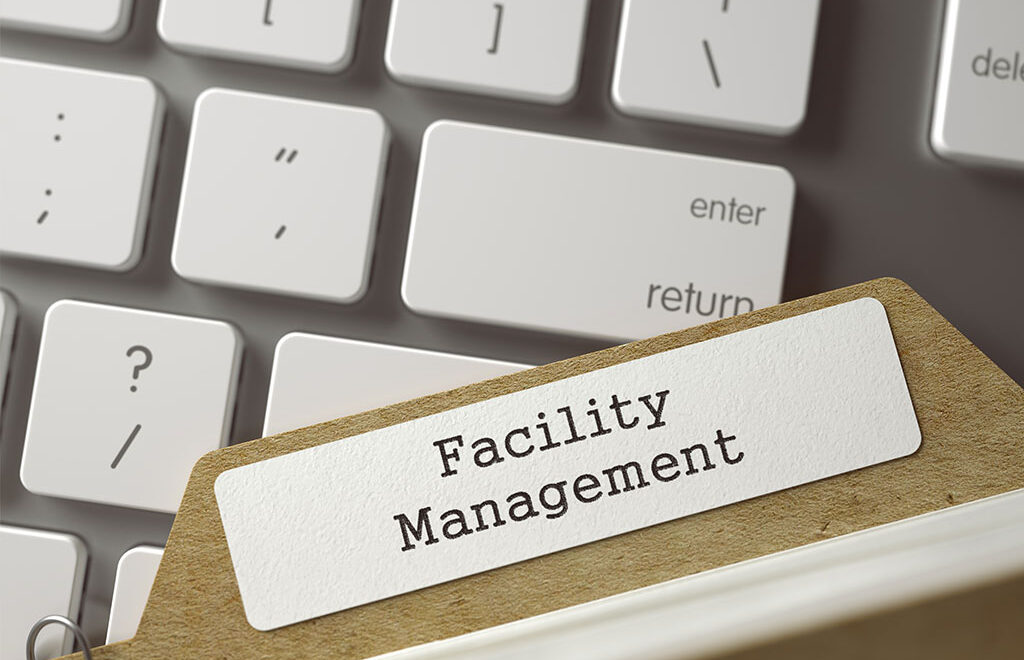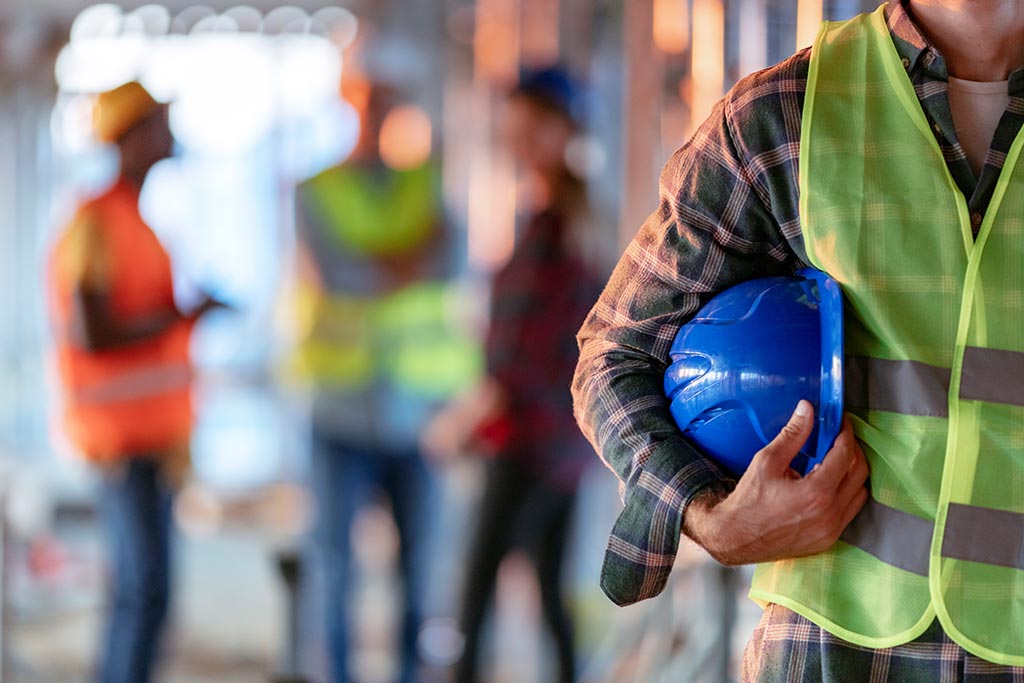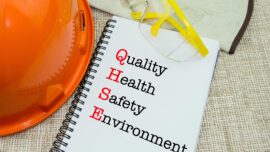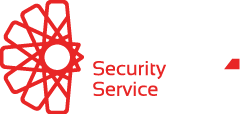Climate change has been an issue over the years and the concern has been particularly praised by the growing technology and population. Egypt is one of the fast-growing countries with higher demand for energy required by the growing population and technology. In turn, the Egyptian government has been strategizing to achieve an environmentally sustainable future by pushing the homegrown reforms of structures with the goal of having a sustainable, green, and inclusive private sector economy. Egypt has been at the forefront in creating a predictive policy environment that has allowed the growth of more transparent macroeconomic frameworks which stabilizes the private sector and allows the dialogue between the private and public sectors.
Although the efficiency of energy has not been the main goal in the Egyptian past, it has currently become the highest priority. With the inadequate supply of domestic gas and oil and a public budget that is tough, the Egyptian government has now concluded that energy efficiency needs to be pursued intensively. Egypt has been in search of more information and formulation of frameworks that avails sustainable sources of renewable energy.
Egypt’s efforts towards a greener energy source
To promote green growth, Egypt has been able to promote public-private dialogue and international cooperation. The approach has ensured that public leadership meets the national priorities and objectives and also engages the private sector to promote innovation and growth following the environmental, social, and governance (ESG) principles.
Egypt has also been able to strengthen partnerships through the creation of a conducive environment for dialogue. To succeed, the international community through Multi-Stakeholder Platforms, launched in April 2020 has been mobilized.
In partnership with the European Investment Bank (EIB), Egypt is renovating Cairo Metro Lines 1 and 3, reducing the number of cars that use the roads. The project aims to connect cities with surrounding rural districts.
Additionally, the partnership with EIB includes the creation of a 200 MW wind farm on the west coast of the Gulf of Suez. This project contributes to supporting Egypt’s reforms on energy and aims to increase shares of renewable energy to approximately 30% by 2030 and promote sustainable growth in the economy of Egypt.
Egypt initiated solar and wind energy in 1986 as the New & Renewable Energy Authority (NREA) was created to access the renewable energy resources of the country and investigate the technology options through the demonstration projects and studies. Egypt has installed the largest capacity wind energy source in Africa.
Egypt also manages the solar power project which was commissioned in Kuraymat in 2010 and is a 140 MW solar thermal cycle power plant to reduce the reliance on finite sources of energy.
Generally, evidence shows that the Egyptian government has pushed for energy diversification strategies, called the Integrated Sustainable Energy Strategy (ISES) to 2035, to ensure the continuous security and stability of the country’s energy supply. This strategy involves the stepping up development of renewable energy and energy efficiency, using vigorous rehabilitation and maintenance program in the power sector.
What should the private sector do to engage with green energy solutions?
Egypt’s private sector can capitalize on promoting green energy alternatives by participating in dialogues and implementing strategies stipulated to promote the use of green energy sources. The environmental objectives include energy efficiency, climate change, and waste management, and managing.
Private sector professionals also need to realize that sustainability is a key variable for operation efficiency on the long run. The increasing green technology has led to the development of industrialization, urbanization, and sophisticated tools that boost economic development.
Urbanization increases human activity on land due to increased construction activities and industrialization. Waste from industries, institutions, and residential areas is a great challenge in urban areas. Therefore, the private sector – in partnership with the public sector – also needs to put in place effective policies and reforms that will help reduce vulnerability to climate change effects by adopting activities that reduce stress on the environment.
Manufacturing companies need to embrace the use of solar panels, battery packs, and other technology products that store power and save energy. Awareness and empowerment need to be promoted in all sectors so that they can reduce fossil fuel use including greenhouse gas emissions and work to embrace sustainable development.
Sustainable development is the main focus of countries despite the challenges of the COVID -19 pandemic. Therefore, to cut the cost of operation and reduce energy use and degradation of the environment in pursuit of sustainability, the public and private sectors need to agree on actionable alternatives including renewable energy sources. The government needs to come up with strategies to design and implement key interventions that are geared to achieve development. Reforms engage various subjects of economy and civil society providing problem-solving techniques, mobilization of stakeholders, and clear communication to promote proper integration of climate change actions and development reforms.
